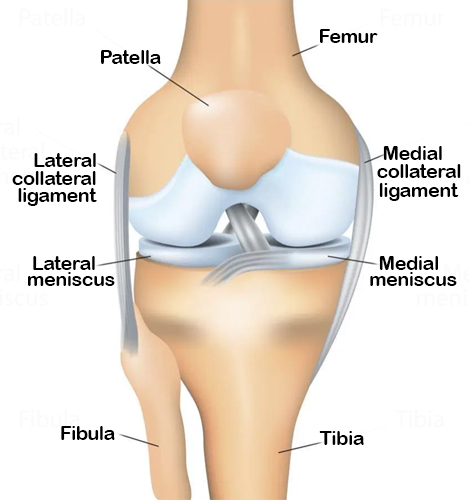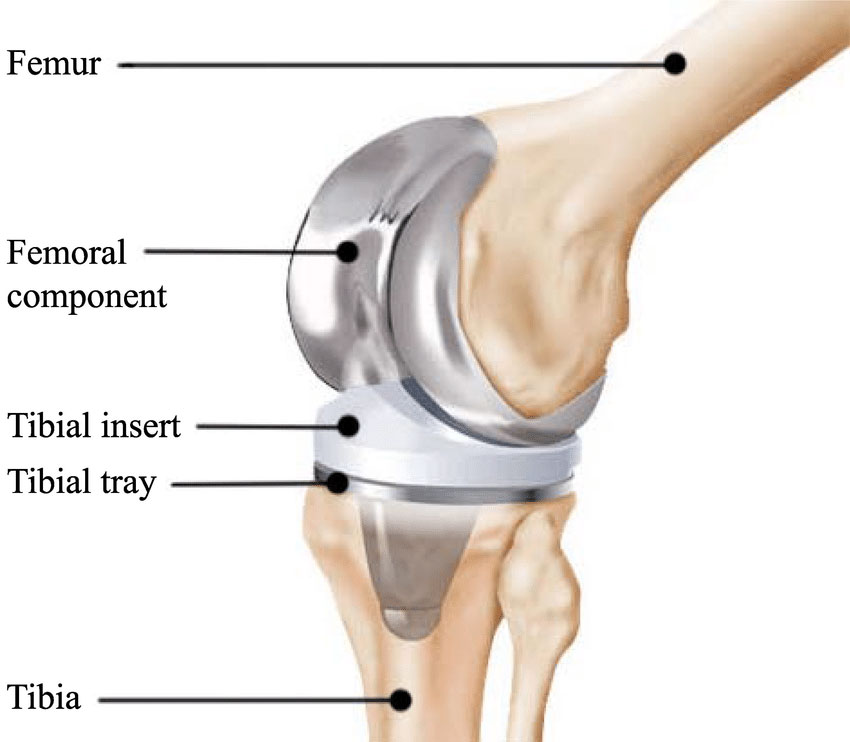Free Case Evaluation
You will never be charged a fee unless a recovery is made for you.
We are no longer accepting any new knee cases.
Knee replacements are designed to last for many years. So when a knee replacement becomes unstable and must be replaced prematurely, the patient may file a knee replacement lawsuit. Knee replacement revision surgery is more complicated and may be more painful than the original surgery. Therefore, if a patient must undergo such a procedure earlier than expected due to a design flaw in their artificial knee, they may be entitled to compensation for pain and suffering and medical expenses and lost wages.
If you or a loved one have had or been told you need knee revision surgery and are considering filing a knee replacement lawsuit, contact us at 800-796-1636 or submit your case details online for a free consultation, and someone from our legal team will contact you shortly. Our attorneys have years of experience and a reputation for personalized, compassionate partnering with our clients. We also have access to the expertise, resources, and manpower to fully investigate your circumstances in order to get you the justice you deserve.

Your knee is the joint where your two long leg bones— the femur, or thigh bone, and the tibia, or shin bone—meet and are held together by muscles and ligaments and tendons. A layer of cartilage called meniscus covers the ends of both bones; cartilage helps reduce friction when the joint moves, absorbs shock, and protects the knee. And the patella (your knee cap) is a circular/triangular area of bone that sits at the bottom of the femur and protects the front of the knee.
Joint inflammation is called arthritis. Arthritis of the knee can cause pain and can make walking or climbing stairs difficult. It may also cause stiffness or swelling or cause the knee to give out or become unstable.
Basic types of arthritis that may affect the knee are:
Depending on the situation and severity, doctors may attempt to treat arthritis of the knee medically. Treatment options and recommendations may include:
However, if the knee arthritis is severe or if other treatment options have failed, surgery may be recommended.
Knee replacement surgery, also called knee arthroplasty, involves cutting away the damaged cartilage and bone from the femur, tibia, and kneecap and replacing them with artificial parts (prosthesis) made of metal, plastics, and/or polymers.

In a partial knee replacement, the surgeon replaces only one part of the knee joint. In a total knee replacement (TKR), also called total knee arthroplasty (TKA), a complete set of replacement parts is used. There is a femoral component, used to cap the end of the femur; a patellar component, used to reinforce the damaged kneecap; a tibial insert; and a tibial tray, used to cap the end of the tibia.
Most people experience a better quality of life following a knee replacement, and most replacements can be expected to last more than 15 years.
Sooner or later knee replacements wear out. Optimally, that is many years, up to 20 or more, after the initial surgery. However, there are also circumstances where the artificial knee fails prematurely, so revision surgery is needed sooner than expected. These circumstances include instances where the artificial knee has a design flaw. In that case, it may also have been recalled.
Knee replacement revision surgery is more complicated and carries many of the same risks than the original surgery. It requires addition planning, specialized tools, and more surgical skill and takes longer than initial knee replacement surgery.
To begin with, the surgeon must remove the original prosthesis, which probably has grown into existing bone, making removal delicate. Once that is done, there is, by definition, less bone to work with for implanting the new prosthesis. Sometimes it is necessary to do a bone graft, taking a piece of bone from another part of the body or from a donor, to support the new artificial knee. The bone graft provides extra support and also fosters new bone growth.
Risks and complications associated with revision knee replacement surgery are similar to those for initial knee replacement surgery, including:
Revision knee replacements do not usually last as long as primary replacements. They have, perhaps, a 10-year lifespan. But it is estimated that more than 22,000 knee replacement revision procedures are performed in the U.S. each year, and more than half of those are within two years of the original knee replacement, which definitely indicates that something went wrong with the original knee replacement. And in many of those cases, filing a knee replacement lawsuit should be investigated, to learn if the revision surgery was necessary due to a design flaw in the original replacement knee.
Sources
You will never be charged a fee unless a recovery is made for you.